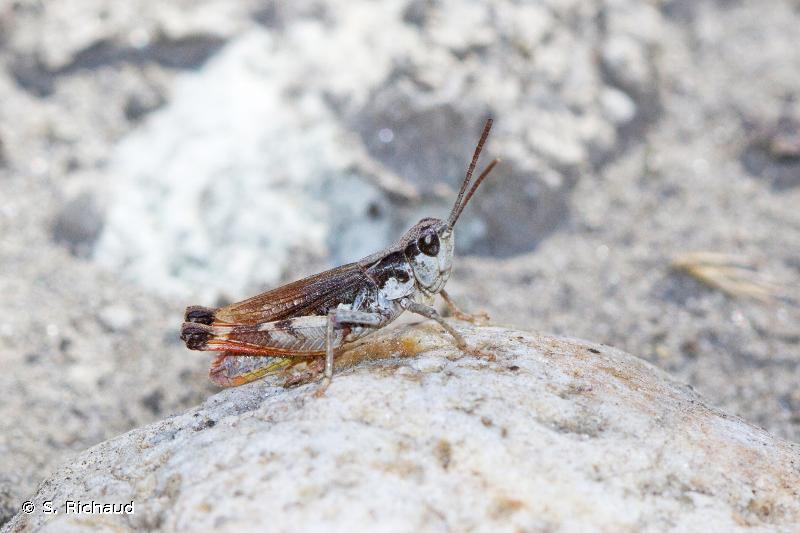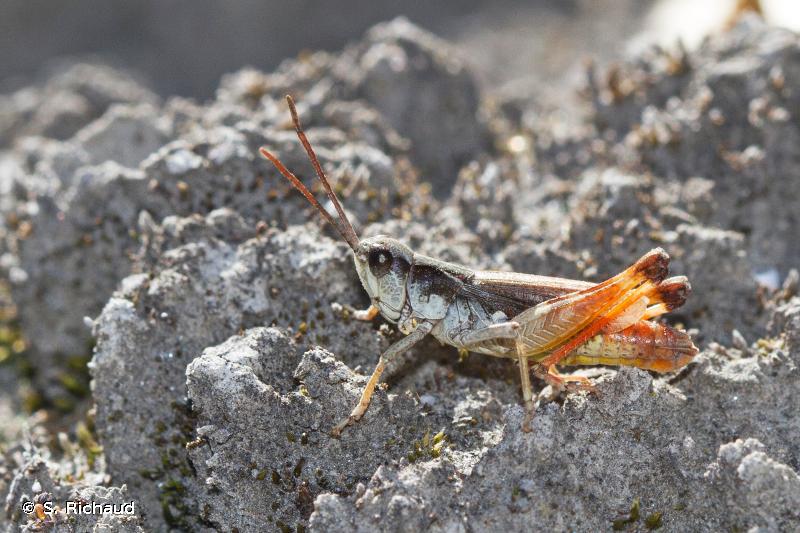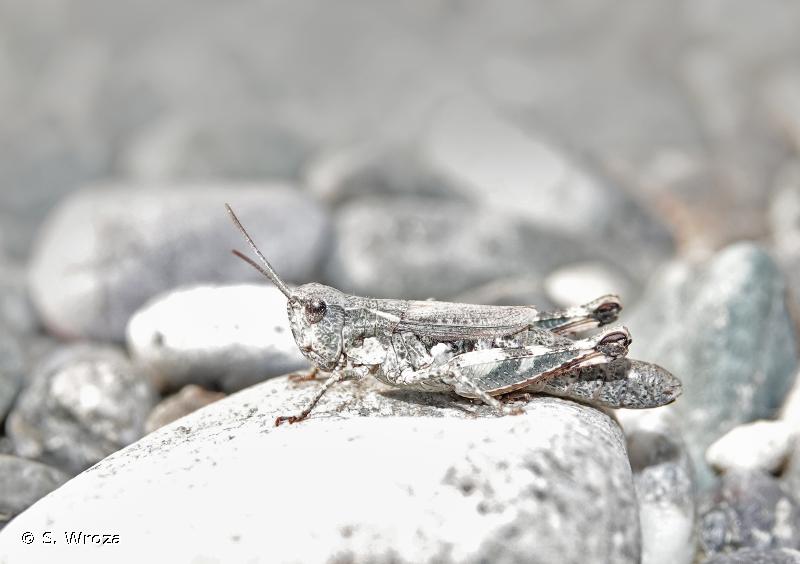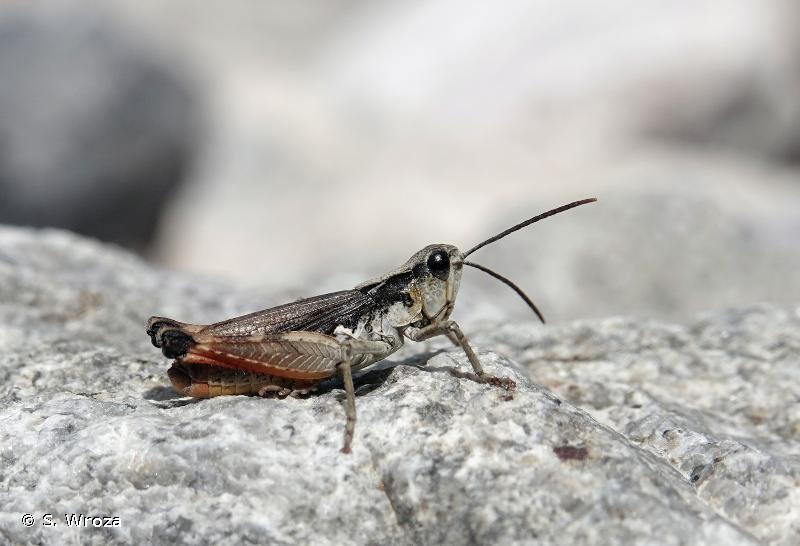
cd_nom

| Author : S. Wroza |
 |
Despite the Creative Commons license, please inform the author of the use which will be made of his photo

| Author : S. Richaud |
 |
To get the picture, please visit:
Sonia Richaud
email : inpn@mnhn.fr
Despite the Creative Commons license, please inform the author of the use which will be made of his photo

| Author : S. Richaud |
 |
To get the picture, please visit:
Sonia Richaud
email : inpn@mnhn.fr
Despite the Creative Commons license, please inform the author of the use which will be made of his photo

| Author : S. Wroza |
 |
Despite the Creative Commons license, please inform the author of the use which will be made of his photo

| Author : S. Wroza |
 |
Despite the Creative Commons license, please inform the author of the use which will be made of his photo
Ce criquet est de couleur variable, brun-rouge sombre au brin-gris, plus rarement jaune testacé. Les carènes du pronotum sont bien courbées, claires et nettement bordées de sombre. A part chez les individus macroptères, très rares, les ailes sont abrégées chez les deux sexes.
Taille : mâle : 12-17 mm, femelle : 19-22 mm.
Cette espèce à répartition européenne se retrouve de la Carélie jusqu'au nord de l'ex-Yougoslavie, la Roumanie et le Caucase. En France, elle semble n'être présente que dans les Hautes Alpes et les Alpes de Haute Provence.
L'espèce, sténoèce, préfère les milieux assez chauds et secs à végétation ouverte. Elle vit sur les zones alluviales graveleuses : ilots graveleux (iscles), grèves caillouteuses des cours d'eau de montagne, landes sablonneuses. Elle s'y nourrit de graminées.
La période d'activité des imagos va de début juin à octobre avec un pic en juillet et août. Les œufs sont pondus sur la rive dans le sol nu où ils résistent aux inondations, comme les larves et les adultes.
Le chant de Chorthippus pullusest composé de deux parties, la première faible comparable au bruit d'une mouche prise dans une toile d'araignée, la deuxième plus forte et hachée.
[D'après Baur B., Baur H., Roesti C., Roesti D., Thorens P., 206. Sauterelles, Grillons et Criquets de Suisse ; Haupt, Berne, 352 p.
Bellmann H., Luquet G., 2009. Guide des sauterelles, grillons et criquets d'Europe occidentale. Delachaux et Niestlé, Paris, 383 p.
Chopard L., 1951. Orthoptéroïdes.Collection Faune de France – 56. Paul Lechevalier, Paris, 359p.
Voisin J.-F. (coord.), 2003. Atlas des Orthoptères (Insecta : Orthoptera) et des Mantides (Insecte : Mantodea) de France. Patrimoines Naturels, 60 : 104 p.]
Braud J.(),2014
Continental
Metropolitan France
Overseas
Marine
Metropolitan France
Overseas
The map presents a summary at the 10 x 10 km grid of the observation data for the species transmitted to the SINP. These data have been subjected to validation filters.
The map presents a reference distribution layer of the species at the scale of departments and marine sectors. The presence and absence data were established by expertise within a network of partners. This reference distribution is used in the validation process of the SINP data at the INPN level.
Corresponds to a report on the basis of at least one observation proved within a period of 10 years (20 years for little-known invertebrates) preceding the year and no presumption of extinction since obtaining the last data nor doubt on reproductive and implemented nature of this population. For migratory species, the presence indicated concerns areas of reproduction.
This status is based on one or more of the following criteria:
This point covers the absence, more difficult by nature to demonstrate than presence. This status is based on one or more of the following criteria:
This status must be assigned to a department in which the presence of the species is casual.
Particular case of absence due to a proven extinction less than a half century ago (older disappearances are treated as "no probable or definite").
In the state of knowledge, we can not comment on the presence or absence in the current department. This is the default status when not comprised in one of the previous categories or whenever there is doubt.
The map shows the global distribution of the species based on GBIF data (Global Biodiversity Information Facility).
